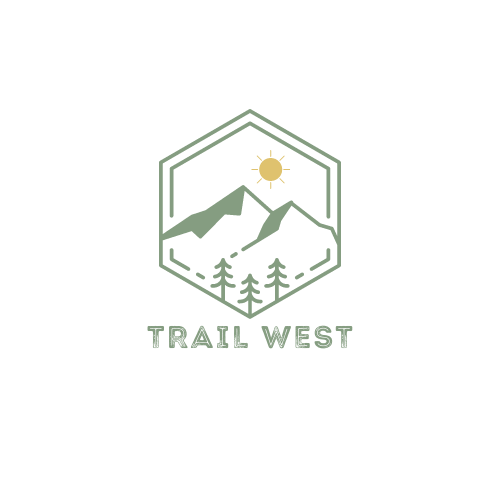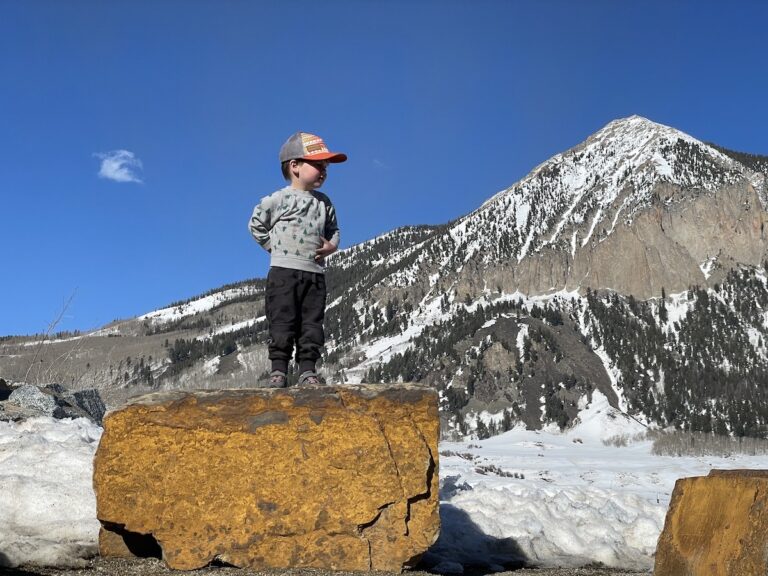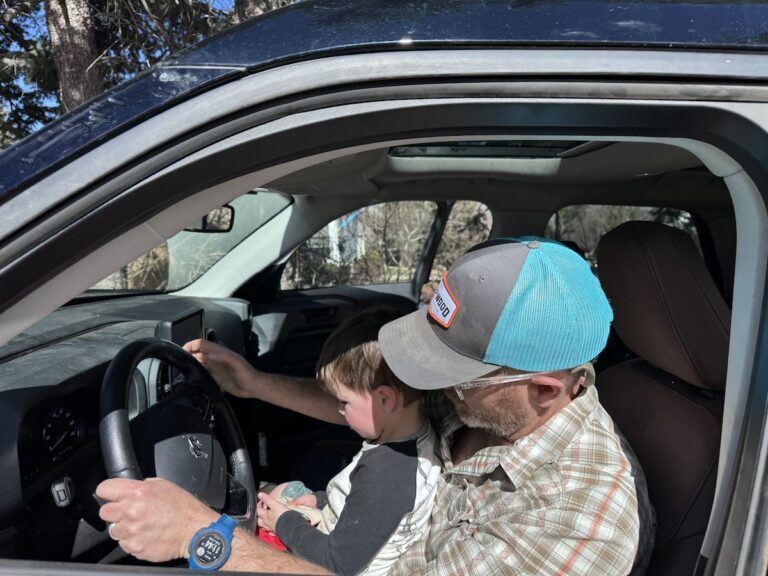Spring 2024 Review UPDATE:
It’s been an fantastic 2.5 years with the PocoPlus by our side, and we’re thrilled to share our ongoing experience with you. Our little explorer, West, now a sprightly 3-year-old weighing 32lbs continues to love the pack.
The PocoPlus has proven its mettle time and again, standing strong without a single breakage. From rugged mountain trails to picturesque vistas, it has embraced every challenge. Our adventures have taken us far and wide, including unforgettable hikes in the majestic Dolomites of Italy.
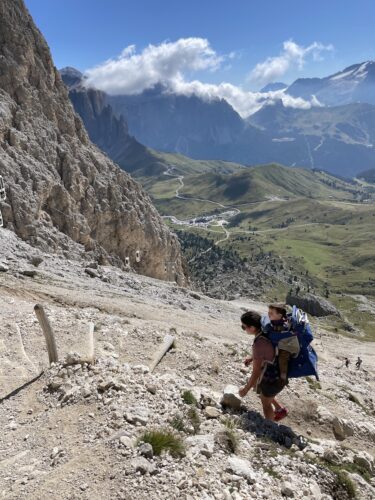
We’ve found it easy to compress the PocoPlus and store it in a large duffle as checked baggage, allowing us to bring it on nearly all of our adventures.
While the PocoPlus continues to impress, the only minor hiccup has been managing the total weight (32lb child + 7.89lbs for the pack). The only other thing we pack besides West are snacks and a foldable toilet for potty training (1.5lbs), the rest of the gear and water goes in the support pack.
Additionally, West’s burgeoning independence has led to significantly more desire for solo hiking ventures.
Nevertheless, these nuances pale in comparison to the overall satisfaction and reliability offered by the PocoPlus. It remains our trusted companion for exploration and discovery, facilitating cherished moments and memories with every step.
Original 2022 Review:
The Osprey Poco Plus child carrier is our ‘go to’ for hiking with a toddler.

Our Experience:
No suspense here – we love this pack. It’s allowed us total access to all the trails and terrain we want.
We have two main uses – longer, 4-10mile backcountry adventures, including this 15mile monster in Idaho, and everyday 1-2 trail milers around home. Kate and I almost always hike together, although we’ve both done a few solo excursions with West.
We do one or two of the longer hikers every week, spring through early fall. We carry a second pack with additional gear, mainly stuff for the adults and dog, but most importantly the bulk of the water goes in this pack. Our current ‘support pack’ is also an Osprey: Kestrel 38
We have our packing regime pretty tightly dialed in, so there isn’t a lot of extraneous gear but for us, a second pack is essential. It is possible to fit all the necessities when it is just one of us with West though.
We’re a lot less structured about throwing a few essentials in for a quick walk to the river from the house – changing pad, water, snacks, and a spare jacket. The Poco Plus is a no brainer for this and we often leave these items so we can just get up and go.
The Poco Plus is a pretty bulky item to travel with, especially when the pup takes up the back storage space, but we’ve taken it on road trips to New Mexico, Montana, and Wyoming by throwing it up on the roof rack. I bought the XXL Road-tripper duffle bag from REI and tuck the Poco Plus right in there to keep it dry and clean.
On flights, we use the same set up with the duffle and pack in a bunch of other stuff – boots, spare jackets etc – and then check the whole thing. This was hugely successful on a United flight to Costa Rica, although you have to pay for the checked bag, and more recently to Montana where you get 2 free bags on Southwest.
Weight:
For any seasoned (or novice!) hiker, you know comfort almost always comes down first to weight. And this is no different. The big difference for veteran hikers but new parents is that you’ve got a ton of weight just built in because of the baby – obviously.
This is a slightly tougher calculation though – you’ve got the pack + the baby + all of the stuff to keep the baby alive and happy before you even consider the gear adults need.
The Poco Plus is designed to be used starting at 6 months. The age restriction is a serious safety issue – younger than 6 months and kids don’t have sufficient neck and head control.
There is no upper age limit but the combined load – baby + gear – can’t exceed 48.5lbs. (ouch!) Functionally though, it feels like 2-2.5 y.o is the upper bounds from a height and weight limit…. Plus the fussiness factor may mean you’re taking the pack on and off and on again every 42 feet by 2.
So what does that look like in real life? Here are the average weight (50% percentile) for boy and girl toddlers for the period 6-24 months:
| Age | Girls | Boys |
| 6 months | 16 lb 1 oz (7.3 kg) | 17 lb 8 oz (7.9 kg) |
| 12 months | 19 lb 12 oz (8.9 kg) | 21 lb 4 oz (9.6 kg) |
| 18 months | 22 lb 8 oz (10.2 kg) | 24 lb 1 oz (10.9 kg) |
| 24 months | 26 lb 11 oz (12.1 kg) | 28 lb (12.7 kg) |
The base weight for the pack itself is 7.89lbs.
Finally, when you make some accommodation for gear (baby water, food, change of clothing, rain jacket, sunblock, changing pad), you get approximately an additional 8 lbs.
Here’s that same table but with the added weight (7.89lbs for the pack and 8 lbs for baby gear) factored in so you know just how much it will hurt:
| Age | Girls + Pack + Basic Gear | Boys + Pack + Basic Gear |
| 6 months | 32 lbs | 34 lbs |
| 12 months | 36 lbs | 37 lbs |
| 18 months | 39 lbs | 40 lbs |
| 24 months | 42 lbs | 44 lbs |
Storage:
There is a lot of storage. Almost too much, maybe? We use it all but because you can fit so much you do have to consider the weight implications. Still, you can comfortably fit all the essentials – snacks, more snacks, treats and snacks, water, jacket, change(s) of baby clothes, changing pad, first aid, and snacks.
Water Bladder:
This was one of the least convenient features. So inconvenient in fact that I’m sure I’m doing something wrong… I have to be. This is basic pack technology! But yeah, I jammed a 1.5L bladder in through the top and it was a major pain to get in, worse to get out. We’ve mainly used Nalgene water bottles so this inconvenience is a recent discovery.
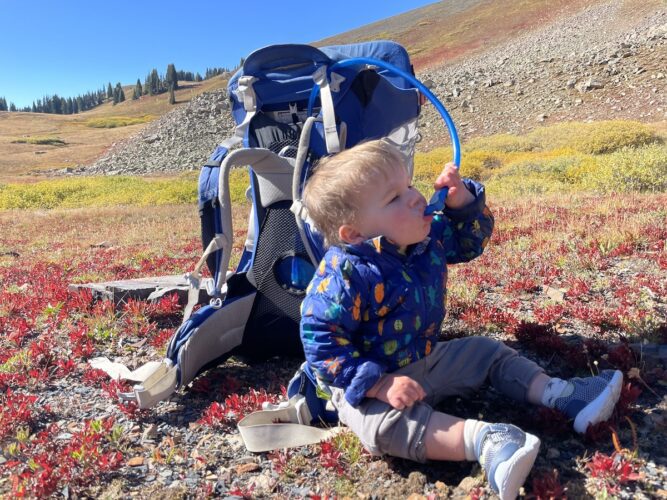
Adjustment:
In our early delirium filled months, it didn’t occur to us that we could adjust the pack for greater comfort. It’s not so easy to switch that we change it between parent shifts but we’re close enough in size (5’5”, 5’8”) that one set of settings works well for both of us.
As West gets heavier, the bite into the hips is more painful and no amount of adjustment seems to alleviate it for long… we take more frequent stops and pass him back and forth more often to compensate. There is a bunch of padding and plenty of adjustment options from the straps, but at some point this weight of it all does become a factor.
We do make frequent adjustments in the toddler cockpit. If he has a bulky jacket, we loosen the chest restraint etc. As he grows we lengthen the seat and the stirrups. All of it is super easy and intuitive.
Rain Cover:
True story, we’ve never had to use a rain cover. The handy sun shade has doubled as a (light) rain cover for West but obviously it won’t hold up to a major downpour. The rain cover is an additional cost.
The sun shade will not protect the rest of the pack though. For this, it’s in Osprey we trust. We’ve used Osprey packs of various sizes for years and years and the rain covers for those have always worked well. For now, with the Poco Plus, we rely first on the weather forecast and then packing personal rain jackets.
Things We Really Like:
There is an abundance of pockets.
I’m a sucker for a well designed pack and that often means thoughtful storage. This is no exception – there are handy side pockets, the back pockets are diverse in size for different purposes, the main storage space fits a LOT of spare clothes and bulkier items, and the two waistband pockets are a good size, although sadly not large enough to fit an I-Phone 12 Pro.
The sun shade is convenient and easy to set up and store.
I remember the moment we got the Poco Plus home and were at home poking around at it – we pulled the shade out and it was “Ooooo”! It’s not overstating it to say that this is now a critical feature – it’s one we didn’t know we needed when we were first hunting for a toddler backpack.
West is not a fan of hats – we give him a few tries on every hike but we can’t mess around with the sun at 9000’ so it’s 3 hat strikes and the sun shade comes out!
He also tends to sleep better with it up by often resting his head on one side or the other. If it’s getting close to nap time we set him up with shade to help things along.
The Poco Plus has plenty of ventilation.
I think this is generally an underrated design feature for backpacks but (overshare alert) I sweat a lot so this is pretty important to me… and presumably for Kate as well since no one wants to put on someone else’s sweaty pack. Yuck….. anyway…. the mesh backing allows for a great flow of air and back support!
Things We Don’t Like:
There isn’t much to dislike and the dozens of these you see out on the trail support that. So, with that in mind, here are two things that I don’t like:
The grip handle on top of the pack forces my head forward.
There’s really no way around this and it’s not so terrible but I constantly have to remind myself to stand up straight after the pressure slowly forces my head and neck down.
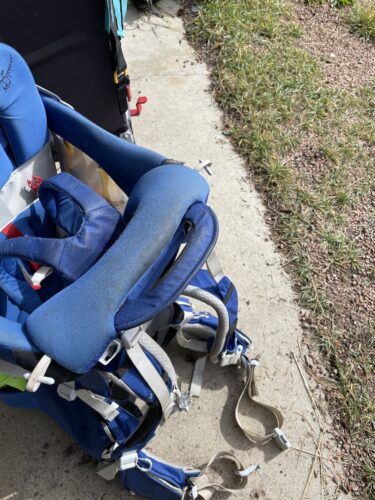
The baby harness collects a lot of gunk.
This also isn’t that big a deal – toddler=gunk after all – but it seems almost purpose built to collect cookie droppings. If it WAS on purpose, it would be brilliant but as it is, it gets funky and is hard to clean.
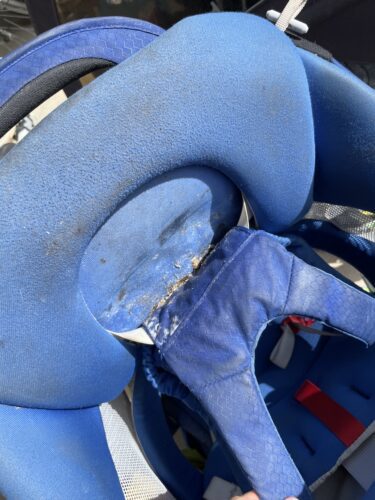
The Competition:
We’ve only ever used the Osprey Poco Plus so we can’t speak to how it compares to other packs. There are some other Poco versions – a standard and an LT (light)… Aside from Osprey, these are the baby carriers most often considered the Poco’s top competition:
Deuter Kid Comfort Child Carrier and Backpack
Kelty Journey PerfectFIT Child Carrier
NOTE: Some of the products and services we recommend contain affiliate links that give us a small commission at no cost to you if you make a purchase.
